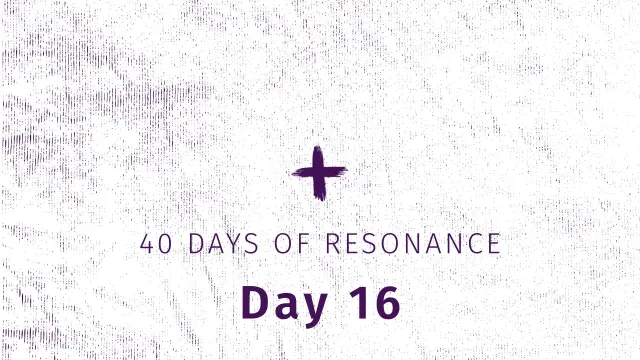When Jesus begins with the phrase, I AM, pay attention. (Pay attention always, but especially to this!)

(Yup...missed a couple days again...)
To comment on the first part of John 8, we need to flashback to John 3 for a minute.
For God did not send His Son into the world to condemn the world, but to save the world through Him.
John 3:17
When the woman caught in adultery was brought before Jesus, He—as He always did—gave a perfect answer to those who sought to condemn her. He reminded them, in His sublime way, who truly had the right to judge. None of them were perfectly righteous and could therefore sit in the judge's seat. And once they all went away (give them credit here because they admitted the truth, that none of them was without sin), the only one left was in fact the only One who had the right to condemn. And His answer was:
...“Woman, where are your accusers? Has no one condemned you?”
“No one, Lord,” she answered.
“Then neither do I condemn you,” Jesus declared. “Now go and sin no more.”
Jesus shone light on her sin, but in so doing also revealed His grace. And then, having been forgiven, the woman was free to go and and live in renewal.
At some point after that, Jesus said it plainly:
I AM the light of the world.
I haven't really dealt with the seven I AM statements of Jesus in the Gospel according to John, but it's important to point them out. A couple quick notes for tonight about them.
First, there's a specific reason that I can use the all-capital-letter version "I AM", instead of just simply the normal way of writing, "I am...". The Greek makes it more plain that it's an emphatic way of speaking and a deliberate one that goes beyond normal ways of saying "I'm something..." In addition, that Greek phrase - transliterated into English as "egō eimi" is the way that the Greek translation of the Old Testament (called the Septuagint) shared the Hebrew personal name of God. By using this phrase (in specific contexts) Jesus is appropriating the Divine Name for Himself.
The most explicit use of this is a little later on in John 8, in verse 58; we'll get to that in the next post (I hesitate to say tomorrow, at this point). But throughout John's Gospel account, we hear these statements of Jesus - that He Is. But that He Is...we would say a metaphor, but we would be wrong.
And that's the second point. These I AM statements in John aren't metaphorical; they describe the reality, and the earthly "versions" of these things are the "physical metaphors", as it were.
- I AM the Bread of Life
- I AM the Way, the Truth, and the Life
- I AM the Light of the World
- I AM the Door/Gate
- I AM the Good Shepherd
- I AM the Resurrection and the Life
- I AM the True Vine
(There are more, including the simple statement I mentioned before in 8:58 and the statement in 19:5 in answer to who the Romans were seeking. But these are the traditional seven.)
So when Jesus says, I AM the Light of the World, He's not saying, "you know that earthly thing called light? I'm kinda like that, where I shine on things.". No, Jesus is THE light, and every time we see a physical earthly light, it should remind us of Jesus and who He really is.
This is a way we don't normally think, but I believe it's the best way to think about it - Jesus is the reality. He Is the agent of creation (again, flashback to earlier in John; John 1:3 - all things were made through Him) and everything else is a (poor, because of sin) reflection of Him.
So light isn't a metaphor for Jesus. Jesus IS the Light (more flashbacks to John 1), and it is only by Him that we see anything at all - including that we are sinners and that we have forgiveness in Him. Without Him, both the universe and our spiritual nature would be completely dark. But He shines His light and overcomes the darkness of chaos and death because of sin.

Contribute to the Conversation